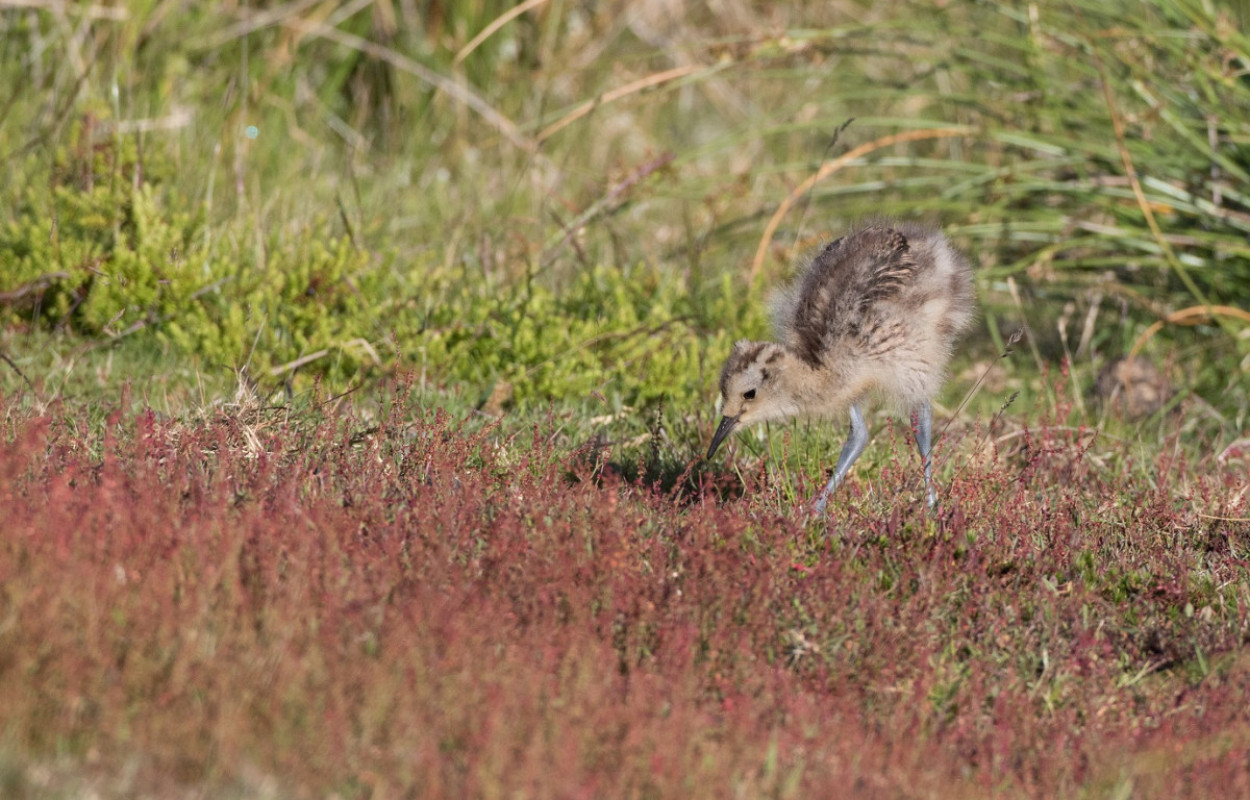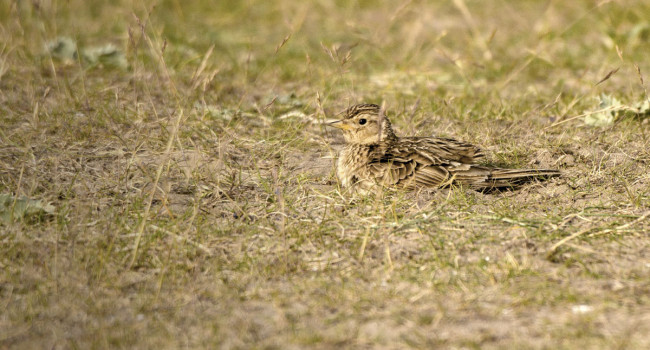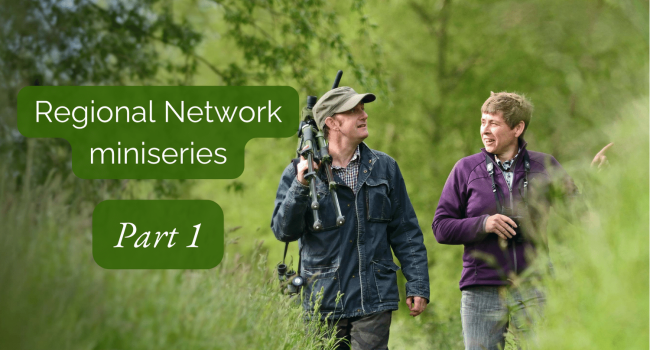Predator management for breeding waders: a review of current evidence and priority knowledge gaps

Author(s): Laidlaw, R.A., Smart, J., Ewing, H., Franks, S.E., Belting, H., Donaldson, L., Hilton, G.M., Hiscock, N., Hoodless, A.N., Hughes, B., Jarrett, N.S., Kentie, R., Kleyheeg, E., Lee, R., Roodbergen, M., Scott, D.M., Short, M.J., Syroechkovskiy, E.E., Teunissen, W., Ward, H., White, G. & Gill, J.A,
Published: April 2021
Journal: Wader Study
Abstract
Rapid declines in breeding wader populations across the world have prompted the development of a series of conservation tools, many of which are designed to influence productivity. Across Western Europe, efforts to reverse population declines are typically limited by high levels of nest and chick predation and, managing this predator impact has been a major research focus in the last two decades. A workshop held at the 2019 International Wader Study Group conference aimed to synthesise current understanding of predator management tools and to use expert knowledge to identify and prioritise important knowledge gaps in this area. Here we review the four predator management tools that were described (predator diversion, exclusion, lethal control and headstarting), together with insights into the potential responses of mammalian predators to these management tools. The expert assessment of important areas for future work highlighted the need to increase our knowledge of predators and their responses to management interventions; to ensure our science connects to policy, practitioners and members of the public; and the need for clear and consistent goals for the future of breeding wader populations to inform the development and deployment of these management tools.
Notes
The authors thank all participants at the workshop on 23 September 2019 who contributed and voted during the day. They also thank the International Wader Study Group conference organising committee for allowing our workshop to be part of the IWSG conference at Morecambe 2019, with special thanks to Jacquie Clark and Richard du Feu. Thanks to Mark Colwell and Brett Sandercock for valuable comments that improved the manuscript. Contributions on headstarting were part funded by the EU Life Nature Programme (project reference LIFE15 NAT/UK/000753, LIFE Blackwit UK). The workshop and RAL were funded by NERC (grant number NE/P002986/1).







Share this page